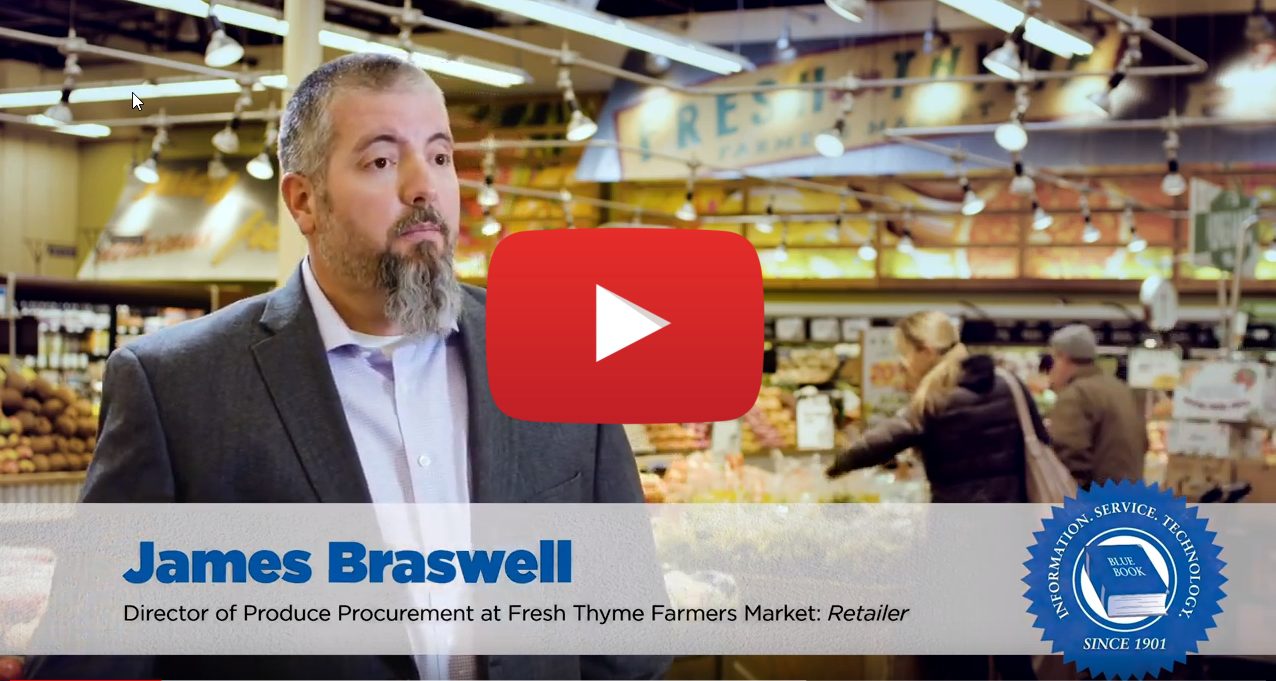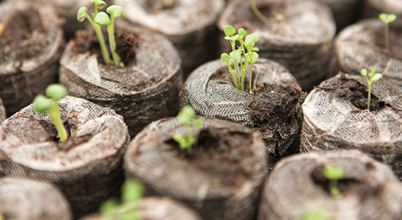The fruits and vegetables we eat today are the product of hundreds of years of genetic mutation and modification. Contemporary tomatoes are almost 20 times larger than their ancestors or counterparts in the wild, and today’s plants have much higher yields.
The journey from wild to domesticated began as early as 11,000 years ago as our ancestors shifted from hunting and gathering to agriculture. So began the long process of plant genetic modification, as growers began the use of artificial selection to save seeds from the most desirable plants each year.
Dr. Diane Beckles, associate professor and associate plant biologist at the University of California, Davis Department of Plant Sciences, asserts, “Everything we grow now developed from thousands of years of natural mutations or mistakes in the code.” When mistakes had positive results—such as making plants easier to grow or cultivate, she says, “It also made them more productive, better yielding, better tasting, and so on.” So the food we eat today is the product of generations of genetic mutation and artificial selection.
The Evolution of TILLING
TILLING, or targeted induced local lesions in genomes, may be thought of as the process of artificial selection—merely sped up. An official definition from the University of California, Davis’ Genome Center describes TILLING as “a general reverse genetic technique that uses traditional chemical mutagenesis methods to create libraries of mutagenized individuals that are later subjected to high-throughput screens for the discovery of mutations.”
In more basic terms, TILLING involves exposing a large seed sample to various physical or chemical agents to observe the mutations that occur. By selecting the favorably mutated seeds to begin the next wave of experiments, plant biologists can accelerate the process.
The scientific process of TILLING involves exposing anywhere between 10,000 to 20,000 seeds to influencing agents to cause mutations. Researchers typically do not know what mutations will occur or even if they will be useful. “We don’t really know where these changes are happening or what the result will be,” Dr. Beckles confirms. “We just know that we’re randomly introducing changes.”
Although methods for mutagenesis are not new, recent advances in DNA harvesting have created an opportunity for TILLING to be a viable solution to improve crop quality, or create new varieties without inserting or removing genes through genetic modification. The technology of DNA extraction has come such a long way that researchers can now extract strands from thousands of plants in a single day.



